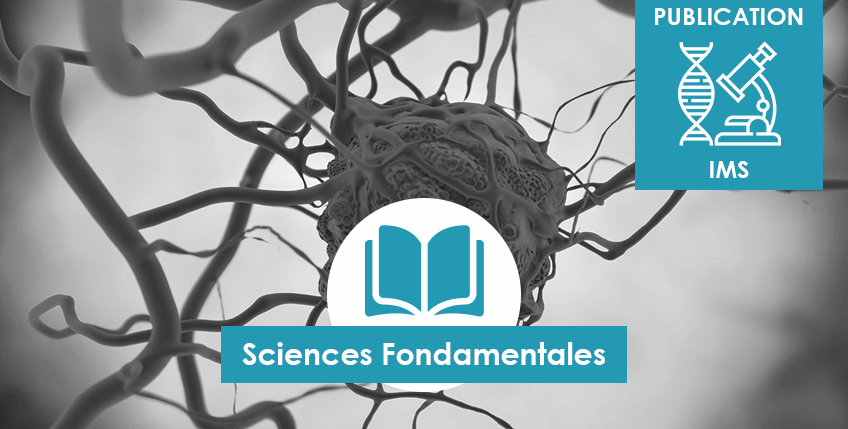Can radiomics improve the prediction of metastatic relapse of myxoid/round cell liposarcomas?
European radiology , jan 2020
Crombé A, Le Loarer F, Sitbon M, Italiano A, Stoeckle E, Buy X, Kind M.
doi : 10.1007/s00330-019-06562-5
https://www.ncbi.nlm.nih.gov/pubmed/31953663
Abstract
OBJECTIVE:
The strongest adverse prognostic factor in myxoid/round cell liposarcomas (MRC-LPS) is the presence of a round cell component above 5% within the tumor bulk. Its identification is underestimated on biopsies and in the neoadjuvant setting. The aim was to improve the prediction of patients’ prognosis through a radiomics approach.
METHODS:
Thirty-five out of 89 patients with MRC-LPS managed at our sarcoma reference center from 2008 to 2017 were included in this IRB-approved retrospective study as they presented with a pre-treatment contrast-enhanced MRI (median age, 49 years old). Two radiologists reported usual conventional/semantic radiological variables. After signal intensity (SI) normalization, voxel size standardization of T2-WI, and whole tumor volume segmentation, 44 3D-radiomics features were extracted. Using least absolute shrinkage and selection operator penalized Cox regression on prefiltered features, a radiomics score based on 3 weighted radiomics features was generated. Four prognostic multivariate models for MRFS were compared using concordance index: (1) clinical model, (2) semantic radiological model, (3) radiomics model, and (4) radiomics + semantic radiological model.
RESULTS:
Twelve patients showed a metastatic relapse. The radiomics score included FOS_Skewness, GLRLM_LRHGE, and SHAPE_Volume and correlated with MRFS (hazard ratio = 19.37, p = 0.0009) and visual heterogeneity on T2-WI (p < 0.0001). A high score indicated a poorer prognosis. After adjustment, the best predictive performances were obtained with model (4) (concordance index = 0.937) and the lowest with model (1) (concordance index = 0.637).
CONCLUSION:
Adding selected radiomics features that quantify tumor heterogeneity and shape at baseline to a conventional radiological analysis improves prediction of MRC-LPS patients’ prognosis.
KEY POINTS:
• Fourteen radiomics features quantifying shape and heterogeneity of myxoid/round cell liposarcomas on T2-WI were associated with metastatic relapse in univariate analysis. • A radiomics score based on 3 selected and weighted radiomics features was a strong and independent prognostic factor for metastatic relapse-free survival. • The best prediction of metastatic relapse-free survival for myxoid/round cell liposarcomas was achieved by combining the radiomics score to relevant radiological features.
KEYWORDS:
Liposarcomas, myxoid; Magnetic resonance imaging; Patient-specific modeling; Prognosis; Sarcoma




